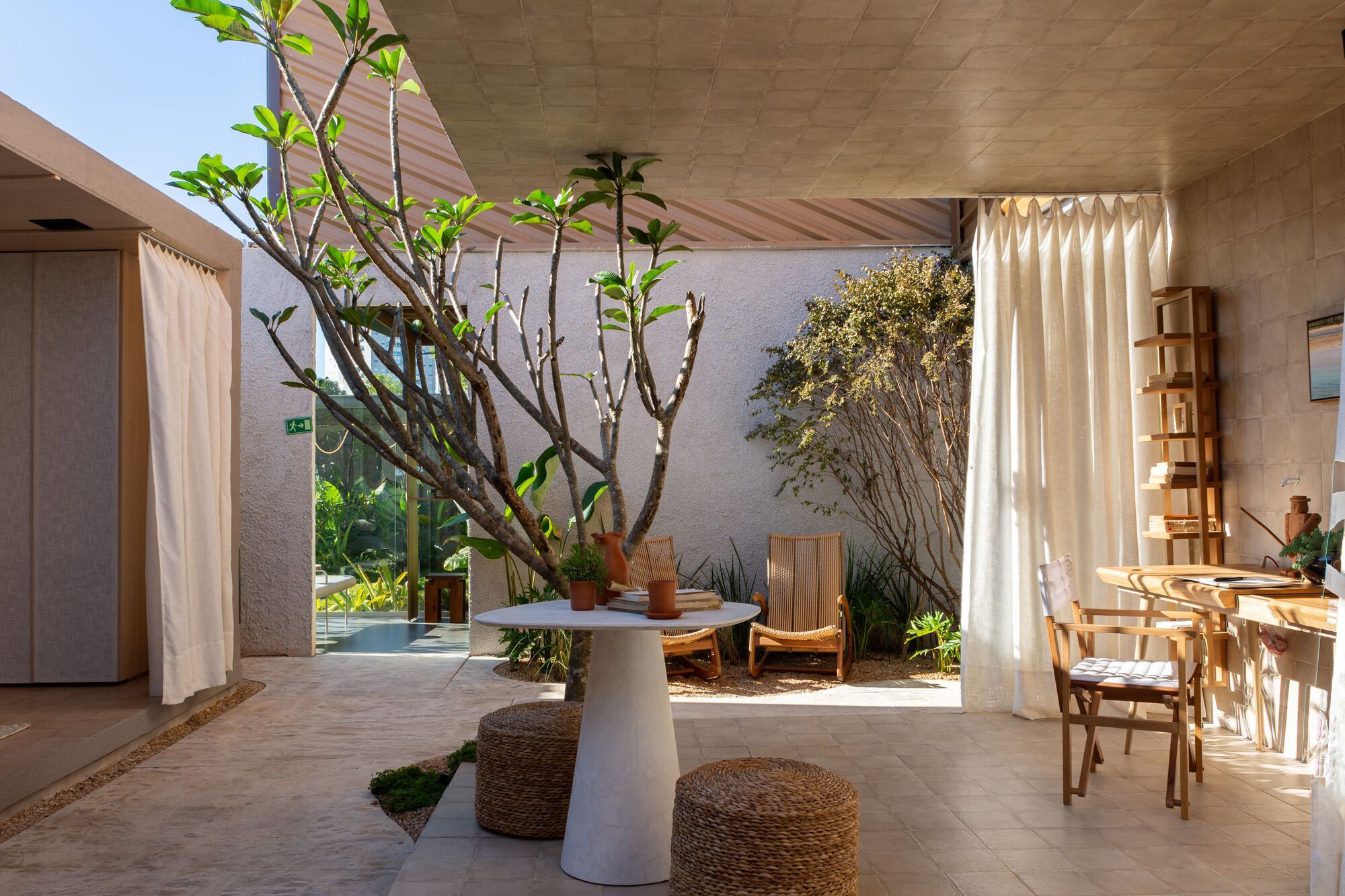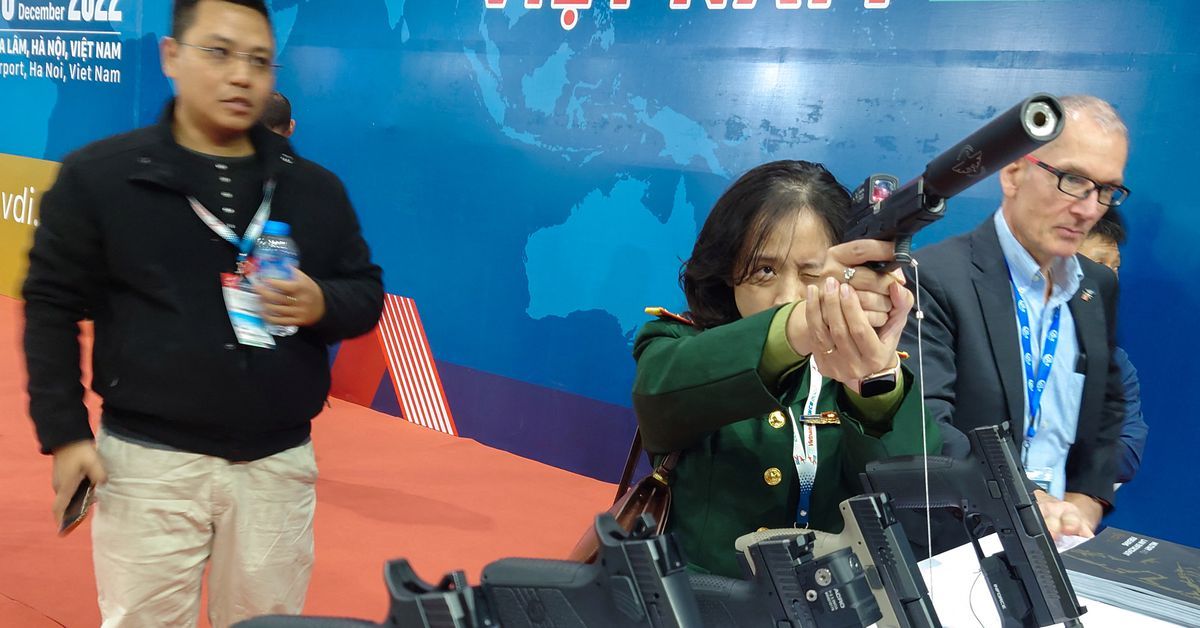Oásis Ventú House / Bezerra Panobianco
+ 14
Houses, Residential Interiors • Goiânia, Brazil Architects: Bezerra Panobianco
Area Area of this architecture project Area: 200 m²
Year Completion year of this architecture project Year: 2023
Photographs Photographs: Lucas Panobianco
Manufacturers Brands with products used in this architecture project Manufacturers: Marel Goiânia Design Mobili , Milimike Lighting , Monet Acabamentos , Multipedras , Petras Design em Rochas , Summer , Ventura Casa , Vitória Enxovais
Lead Architect: Lucas Panobianco
Executive Architect: Amanda de Souza Gatto
Details: Sofia Simão Guerra de Almeida
Visualizations: Iorrana Vitória Oliveira Osório
Creation: Expedito Bezerra, Lucas Panobianco Silva Melo
Lighting: Waldir Junior
Electrical Design: Automatize
Execution: Conscrie Engenharia
City: Goiânia
Country: Brazil
More Specs
Less Specs
Text description provided by the architects. In a world where time seems to run faster and faster, Oásis Ventú becomes a refuge for self-knowledge. Upon entering this house, time seems to slow down and we are transformed from mere visitors to new residents, discovering the true essence of what living is. Oásis Ventú, is formed by two integrated environments, fluid and full of Brazilian spirit. Visitors will pass through a garden, created in the middle of a rough beige bahia marble path. A Brazilian and striking choice, which values presence and contact with nature, and which marks the difference between the external and internal environment. The choice of colors was inspired by a palette of earthy tones, which refer to nature and simplicity.
Under intimate and welcoming lighting, the open path invites you to walk along it and experience every moment. During the journey, the garden presents elegance and enchantment, accompanied by Jasmine Mango, which emerges towards the sky. Visitors will pass through a studio, lined with Taupe tile from Itagres, which gives the space a rustic look. The monochromatic palette is broken with a touch of blue present in the set of paintings by artist Lucas Panobianco. Still, in the open space, the master suite and bathroom present themselves in a receptive way, calling for rest. The curtains that deny access to the bedroom and the wardrobe doors are made of linen, which allows for greater air circulation, such as the brises, which give more intimacy to the bathroom.
In the bathroom, the presence of nature becomes even more present, with a beige raw Bahia marble shelf and the magnificence of the bathtub carved in 2 tons of Brazilian granite, giving the project the majesty of nature, like a waterfall bath. In the gourmet, the Brazilian spirit fills the space, with the use of decorative clay vases and gourds, which make reference to the culture of the indigenous people. Tradition is complemented by the elegance and Brazilian style of the Brushed Brown Storm Granite, a variation of the Café Imperial Granite, used on the bench. This material is characterized by its stripes, which for a long time were considered defects, but today express its beauty. On the dining table, the ecological pendant, authored by architects Expedito and Lucas, translates the meaning of nest and protection.
Integrated into the gourmet area, the living room is fluidly poetized. The furniture is surrounded by a cobogó and composes the space like a huge work of art, arranged in a way to allow free and spacious circulation. A balance between all the most sinuous forms. The lighting was a highlight of the environment, designed in partnership with Designer Waldir Jr. Planned to give the project the effect of rising, it was executed in strategic points, varying between diffused and punctual lights, which highlight each work that makes up the space. Along with the landscaping, lighting was fundamental for the composition of the route, in which the Capim beacon illuminates and guides the visitor.
Source: ArchDaily


